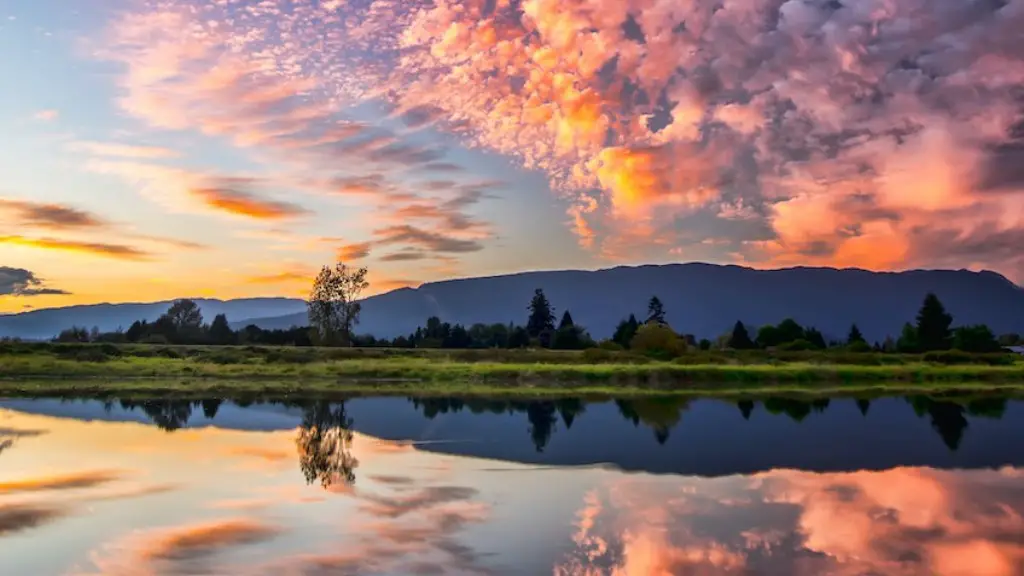NATURAL LANDMARKS
The Nile River is the longest river in the world and is the main water source for Egypt and its population. It is one of the wildest and most powerful rivers in the world. It begins in the highlands of East Africa near the equator and runs northward through Egypt to the Mediterranean Sea. The river has been an integral part of the country’s history, culture, and economy ever since the first early humans settled in the area over 6 million years ago.
The Nile has been an important lifeline for the population of Egypt. It is easy to understand why it is famously known as ‘the Gift of Egypt’. Areas through which the river passes, sustain a diversity of wildlife, provide fishing and hunting opportunities, recreational activities and irrigation for farmlands. It is no wonder why life in Egypt still revolves around it. Ancient Egyptians worshipped it and celebrated its life-giving qualities.
The river’s annual flood brought along with it tremendous amounts of minerals that enriched the soils, thus enabling the proliferation of vegetation and providing a perfect habitat for many kinds of animals. These floods also gave rise to sustaining civilizations which built their craft, relied on the river trade and developed an agricultural system to support their cities. The Nile provided not just food, but also power and mobility enabling the Egyptians to develop technology with which they left their mark on the world.
The Nile is a key asset for the nation of Egypt and its importance continues even to this day. The country heavily depends on the river and its tributaries for growing crops, power supply, transportation, and economic activity. It is the life-giving source of irrigation which provides the needed water to farms, cities, and villages. For making the river a more reliable resource, the Aswan High Dam was constructed in the 1960s to regulate the water flow and to control seasonal floodings.
It is no wonder that the Nile is so important for the vast and arid land of Egypt. The river, with its natural and historical landmarks, is indeed a true gift to this extraordinary nation, and serves as an example for other countries of the great impact and significance that rivers can have.
CULTURAL IMPORTANCE
The people of ancient Egypt attributed divine status to the river making it a source of worship, reverence, and a source of their cultural identity. In the Nile, ancient Egyptians found a giver of life and ancestor of all deities, and depicted this reverence in their mythology and art. The ancient Egyptians placed the source of life in their mythical god, Hapi, who ruled over both the Nile and its people. He was depicted as a man with a blue skin and a pointed beard to symbolize the river’s colors.
For ancient Egyptians, the Nile River was closely linked to the afterlife and the journey to it via the stars. They related their complex system of constellations to this celestial river, with the star Sirius at the head of the river-side. The river’s seasonal flooding also had a role in the Egyptians’ religious life, as it was entwined with the myth of the passage into the afterlife. Every July, when the waters of the Nile overflowed its banks, this marked the “birth” of the river and coincided with the festival of Horus, the resurrected son of Osiris. This began the Egyptians’ spiritual journey to the afterworld.
The gift of life that the Nile represented was reflected in the language of ancient Egypt. The term for


